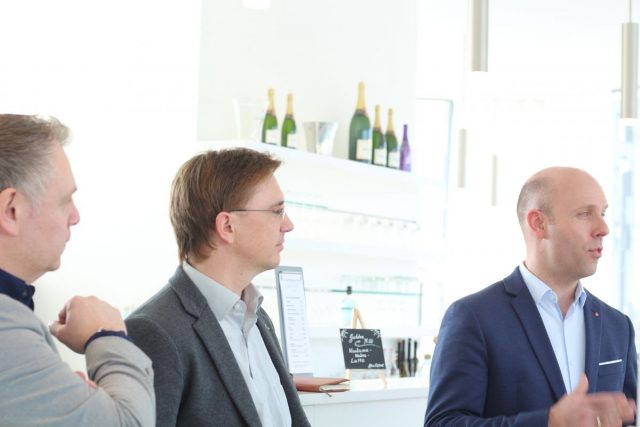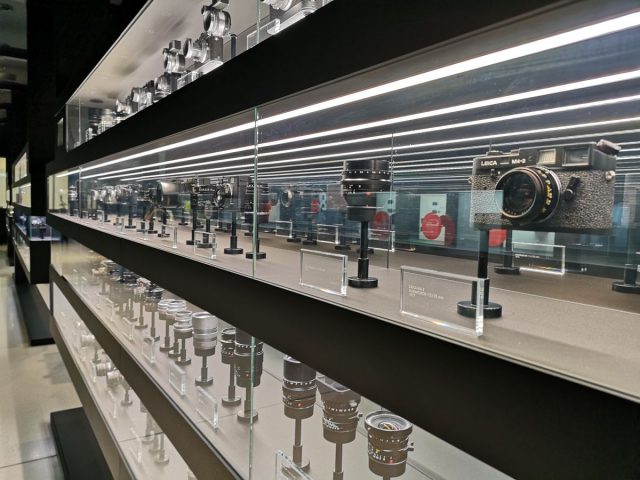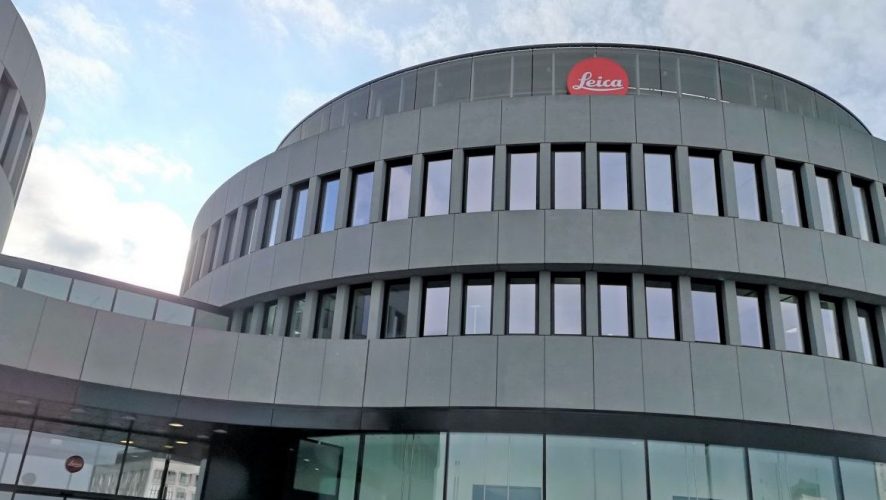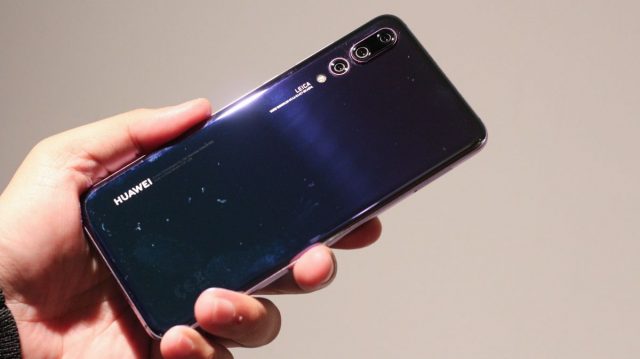The first time Huawei and Leica announced their partnership with the Huawei P9 in 2016, the market sat up and took notice. Until it was revealed that Huawei simply developed the camera module for the camera, and the noted German camera maker merely signed off on it.
With the recent Huawei P20 and P20 Pro, which is also the first smartphone with 3 camera lenses, the partnership is more focused, integrated and most importantly, developed together.
These days, teams from both companies are working closely together. Otherwise, how else can they beat the likes of smartphone leaders such as Samsung and Apple, to develop the world’s first three camera smartphone?

“That’s the difference between the engineering team for both Huawei and Leica together,” explained Peter Gauden, Global Senior Manager of Product Marketing in Huawei CBG, in a casual interview at the Leica cafe in Frankfurt.
“We work with one mind, one frame.”

The statement was then built upon by Leica’s Global Director for Business Development, Marius Eschweiler, who explained, “We’re not having one team from Huawei, and one team from Leica. At the very beginning, we’re setting up one team that consists of engineers from both companies, and then they are sitting together and going between Germany and China, so they’re always working as one team.”

Compared to Leica’s initial position in the collaboration effort, the change is undoubtedly the right step to a blossoming relationship. That being said, it might take a while before Leica is able to get equal say in the state of affairs:
“A lot of that (the ratio of input from both sides) starts from Huawei, in terms of building the family, because we have two flagship series – The Mate 10 and P series. The P series has always focused on style, design, and photography – that’s what it’s all about,” Gauden shares.
“We try to premiere, as much as possible, the camera experiences, and position that as the primary aim of the device…so for the camera, that generally comes from Huawei.”
The secret lies in understanding the need to give and take. When asked on the difficulties faced while producing the world’s first triple-camera setup on the P20 Pro, Dr Florian Weiler, Project Manager of Optical Design in Leica, shared about the space constraints.
He explains, “The space limitation is the biggest challenge, because we have to invent new lens, (and) come up with a new design, which had to be more compressed but gives us the same kind of quality that we have had before.”

Of course, it all worked out well eventually, and shelves were soon filled with a remarkable phone model with a photography prowess that’s likely to rival that of compact cameras.
Moving forward, users can expect even more sophisticated AI-enabled camera technology from Huawei and Leica. Touching upon his earlier point about the working relationship between the giants, Gauden expresses:
For Leica, the relationship doesn’t just reside with the P series of course, it goes across the Mate series as well, so there’s an ongoing discussion about how to move forward with the photographic goal from one generation to the next one.
Will there be a four-lens camera setup for their next release? All three reps remain tight-lipped about future plans, but promise that more goodness will be in store for users.
Here’s to more groundbreaking projects ahead!















